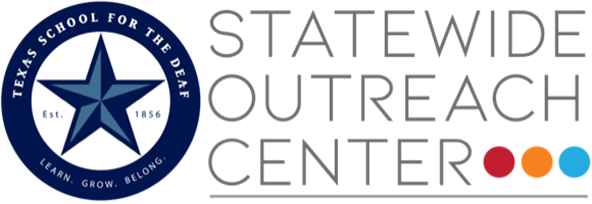Graduation
Graduation is a major academic milestone in a student’s life. Oftentimes, students and families begin secondary education with a strong focus on academic achievement. However, there are graduation pathway options. Students can choose their graduation pathway by enrolling in courses or participating in activities that will set them up successfully for their post-graduation plans.
Example Scenarios
Student A
Student A wants to graduate “work-ready” with a specific endorsement. The student would plan to take specific courses on their choice of trade, career readiness and/or work experience. This student could smoothly transition from graduation to their new job.
Student B
Student B feels strongly they need more skills to live independently after graduation. During the IEP, they may request additional skills assessment and enrollment into a transition-focused program for adult students.
Student C
Student C is motivated to start working and attend college at an early age. At age 14, the student may plan to enroll in dual credit courses, participate in paid job training, and vocational rehabilitation services.
Graduation Planning
Pathways to and from graduation vary and can be tailored for individual success. Below are some resources to assist in graduation planning.
-
Texas Project FIRST offers a Graduation guide. It offers a visual of the graduation planning process.
-
Graduation for Students with Disabilities is a LiveBinder, compiled of various resources.
-
Texas Education Agency has a Graduation Toolkit which includes information on graduation options, course requirements for each, and grade-level checklists.

